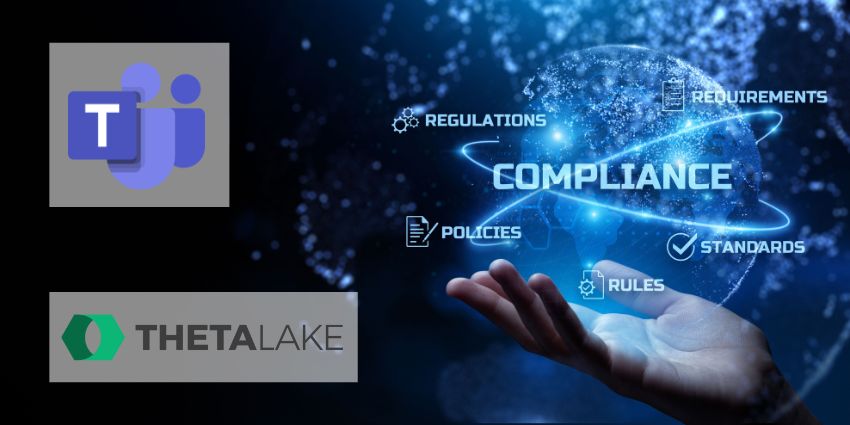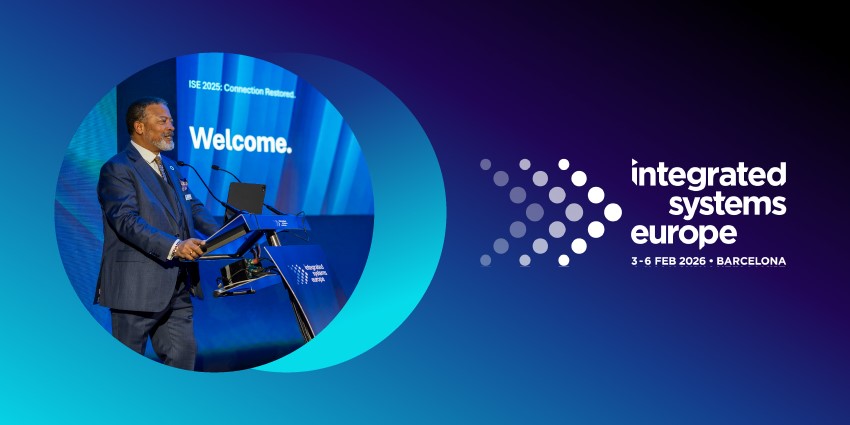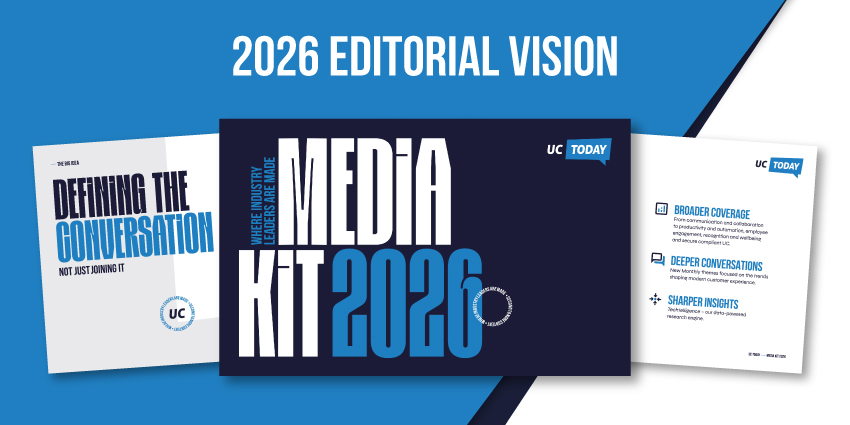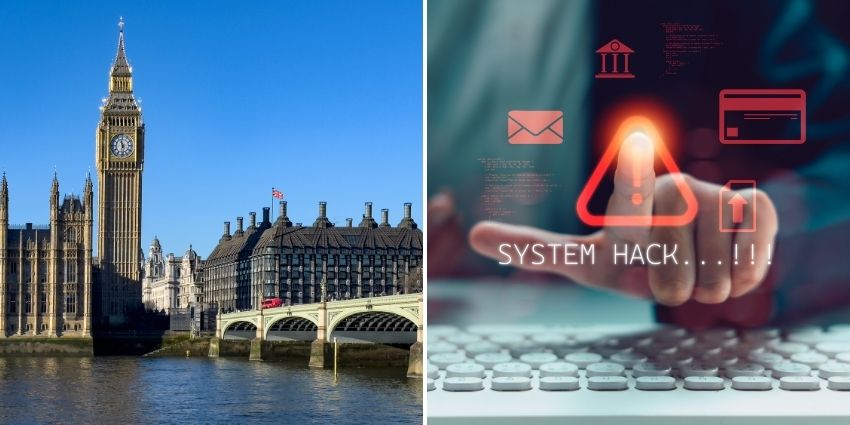Microsoft Teams has rapidly emerged as one of the most popular tools for productivity and collaboration in the digital world. More than 270 million people use Teams every month to share data, insights, and ideas. The challenge for businesses migrating into the Teams landscape is figuring out how to preserve and adapt their compliance and security strategies in a new world of work.
The good news for today’s company leaders is Microsoft Teams innately has security and compliance in mind. Built in the Microsoft cloud, Teams shares the same advanced security features as the rest of the Microsoft ecosystem.
However, to fully ensure consistent compliance among team members, businesses still need to ensure they have the right strategy for leveraging Teams.
Step 1: Explore How Teams Manages Data
First, it’s worth understanding how Microsoft Teams protects, manages, and stores collaboration data. With Teams, companies can implement team-wide and organization-wide two-factor authentication, extensive encryption, and single sign-on capabilities. It’s also possible to set policies for how data is managed and stored.
As standard, data from Teams is collected and resides in the geographic region associated with each Microsoft 365 organization. Companies with specific data sovereignty requirements can find which region hosts their data within the “Organization profile” section of the admin center. Organizations can also choose to store which data they collect with individual data retention policies.
Retention policies allow businesses to determine which information needs to be kept from content and communications and set specific dates for when stored data is deleted. Plus, in-built Data Loss Prevention capabilities govern the ecosystem’s sharing of information and files. Companies can set DLP policies to stop documents from being opened by guests and prevent external sharing.
Step 2: Apply Security Strategies to Teams Conversations
To assist companies in maintaining secure and compliant conversations throughout in-office, remote, and hybrid landscapes, Microsoft has a range of security and compliance controls available. These solutions allow organizations to implement rules for their Teams communication strategy.
For instance, users can block certain staff members from contacting each other during an internal investigation. “Information Barriers” can prevent entire groups from communicating with each other and allow businesses to set policies related to things like eDiscovery and chat lookups. It’s also possible to dictate what users can do when communicating in Teams, such as editing or deleting messages, sharing screens in video meetings, and using virtual backgrounds. Rules are set on a per-user or conversation basis or for the entire team.
Companies using Microsoft Teams to connect with customers can use the “Customer Key” to add an additional layer of encryption on top of Teams media messages, calls, chat messages, meeting recordings, and chat notifications. It’s also possible to apply sensitivity labels to protect specific pieces of content from guest access and external sharing.
Step 3: Leverage the Purview Communication Compliance Portal
The Microsoft Purview Compliance Portal integrates directly with Microsoft Teams and the other tools companies might leverage for communication and collaboration. This solution provides business leaders with an immediate insight into their “compliance score” and risk level based on factors like information governance, access control, and device management.
Companies can use the Purview Compliance portal to examine active alerts showcasing their most significant threat issues. It’s also possible to set specific controls for how data is managed by your organization and run regular assessments to examine your security standing in different areas.
Purview Compliance Manager gives control over eDiscovery and legal hold options, data loss prevention, communication compliance, mobile application management, and more. There are pre-built assessments for common industry and regional standards to explore and workflow capabilities to help users complete risk assessments rapidly. The “Improvement Actions” included within Purview also offer recommended guidance on how businesses can adhere more carefully to industry and regulatory standards.
Step 4: Explore eDiscovery Features
Microsoft Teams also has access to eDiscovery features to help companies manage and access their data for compliance and auditing purposes. The Microsoft Purview Compliance portal provides a range of eDiscovery options for business leaders. For instance, companies can implement “holds” for specific pieces of data. In-place hold and litigation hold options are both available to ensure team members can’t delete data crucial to an investigation.
There are also content search solutions built into Microsoft Teams, with rich filtering capabilities to assist business leaders in finding the appropriate Teams data across all users. The Audit log search solution also plugs directly into the Purview compliance portal, allowing organizations to set alerts, report on audit events, and build custom workflows.
Companies can even use Purview to monitor potential issues in discussions, such as inappropriate behaviors or language. This makes collecting relevant data for reviews, audits, and internal investigations easier. Notably, all data stored by Microsoft Teams is managed according to the company’s existing retention policies and protected by end-to-end encryption.
Step 5: Use a Complementary Compliance Tool
Finally, one of the best ways to ensure continued compliance in a Microsoft Teams ecosystem is to leverage the right accompanying tools. Microsoft’s open ecosystem allows it to integrate with leading vendors in the compliance and security landscape to access intelligent security tools. Companies can integrate their Teams environment directly with a complementary compliance tool and leverage various features like compliant recording, data storage, and analysis.
“Theta Lake’s partnership and integrations with Microsoft are comprehensive and pervasive throughout the Microsoft ecosystem,” said Anthony Cresci, SVP of Finance, Business Development and Operations at Theta Lake. “With Teams, our support includes capture, supervision review and archiving of all Teams content, including chat, voice and video as well as selective archiving of elements like Teams in-meeting chat. Our modular approach also supports the integration of non-Microsoft content such as third party virtual meeting elements (voice, video, text) into the Purview environment. Customers are welcome to use the M365 archive or our own, which can also reside on Azure storage”. “Organizations of all types and sizes have deployed Microsoft Teams, and need to support a variety of use cases and respond quickly to potential compliance and security gaps, Theta Lake is designed to fit into those existing infrastructure investments without disruption and complement your Microsoft Teams environment” Cresci added.
A comprehensive and purpose-built solution for data management, supervision, and security can be built on the existing solutions within the Microsoft ecosystem. The right tool will enable firms to capture, archive, and supervise all communications in Microsoft Teams, whether they’re issued over video, audio, or chat. The right solution will integrate with the full Microsoft ecosystem, including OneDrive, Microsoft 365 Archive, Microsoft Teams Chat, and Azure.
Businesses should prioritize companies certified for Microsoft’s call recording compliance capabilities when choosing a complementary compliance solution for Microsoft Teams. It’s also worth examining the security structure of the application you choose.
Break through compliance barriers in Microsoft Teams
Request A Demo with Theta Lake







